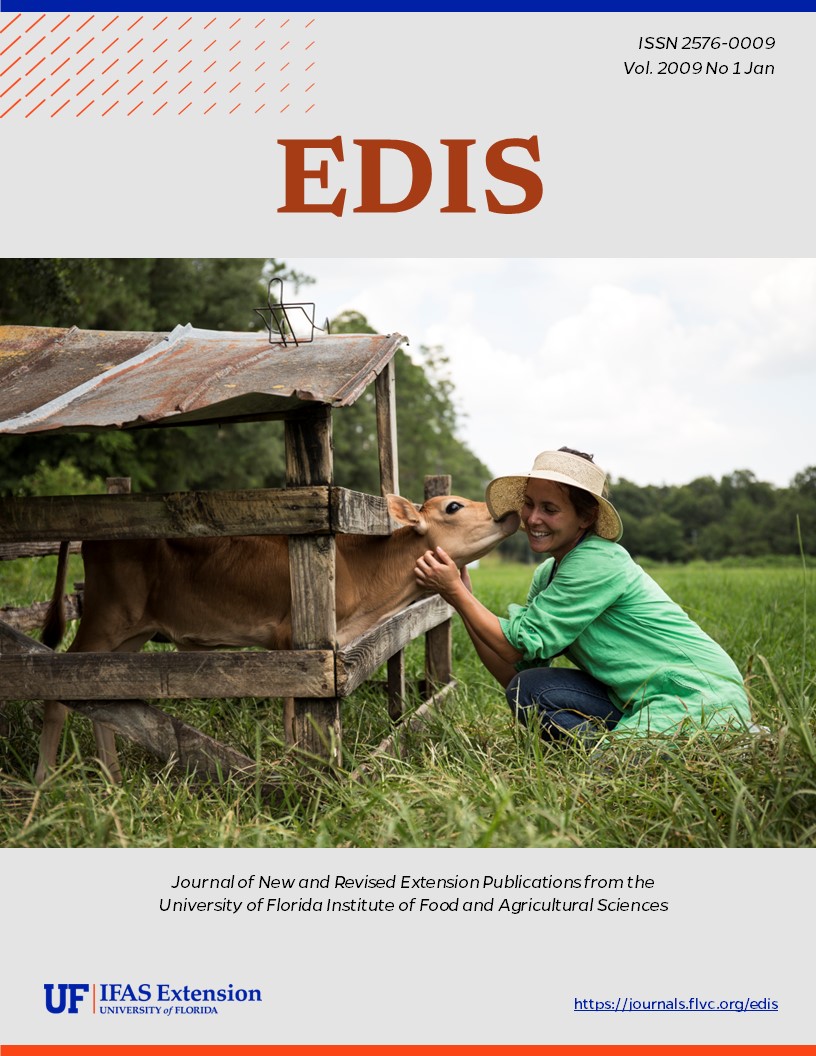Abstract
Revised! FOR180, an 8-page illustrated fact sheet by Rien M. Visser, Bruce Hull, Sarah F. Ashton, and Martha C. Monroe, discusses the mechanical means to manage vegetation in interface forests and reviews available technologies that may be most useful in small, visible, and sensitive forests that are typical of the interface. Includes references. Published by the UF School of Forest Resources and Conservation, October 2008.
References
Conway, S. 1982. Logging Practices: Principles of Timber Harvesting. San Francisco CA: Miller Freeman Publications Inc.
Davies, K. 1998. Harvesting Systems. Northampton MA: Davies and Company, http://www.daviesand.com/Choices/Harvesting_Systems/ (accessed July 8, 2005).
Jensen, K. and R. Visser. 2004. Low impact forest harvesting at the urban interface. In Proceedings of the 27th Meeting of the Council on Forest Engineering.
Lansky, M. ed. 2005. Logging Cost Calculating for Low-Impact Forestry. http://www.meepi.org/lif/costs.doc (accessed August 10, 2005).
Marui, M. J.; D. B. Kittredge; and E. J. McGuire. 1995. Massachusetts loggers: Carving a future for smaller woodlots. Northern Logger and Timber Processor 44(9): 40-41.
Shaffer, R. M. 1992. Farm Tractor Logging for Woodlot Owners (Publication 420-090). Blacksburg VA: Virginia Cooperative Extension.
Updegraff, K. and C. R. Blinn. 2000. Applications of Small-Scale Forest Harvesting Equipment in the United States and Canada (Staff Paper Series No. 143). St. Paul MN: University of Minnesota, Minnesota Agricultural Experiment Station and College of Natural Resources.
U.S. Department of Labor. 2005. Safety and Health Topics: Logging. Washington DC: U.S.
Department of Labor, Occupational Safety and Health Administration, http://www.osha.gov/SLTC/logging (accessed July 29, 2005).
Wenger, K. ed. 1984. Forestry Handbook, 2nd edition. Hoboken NJ: John Wiley & Sons, Inc.

